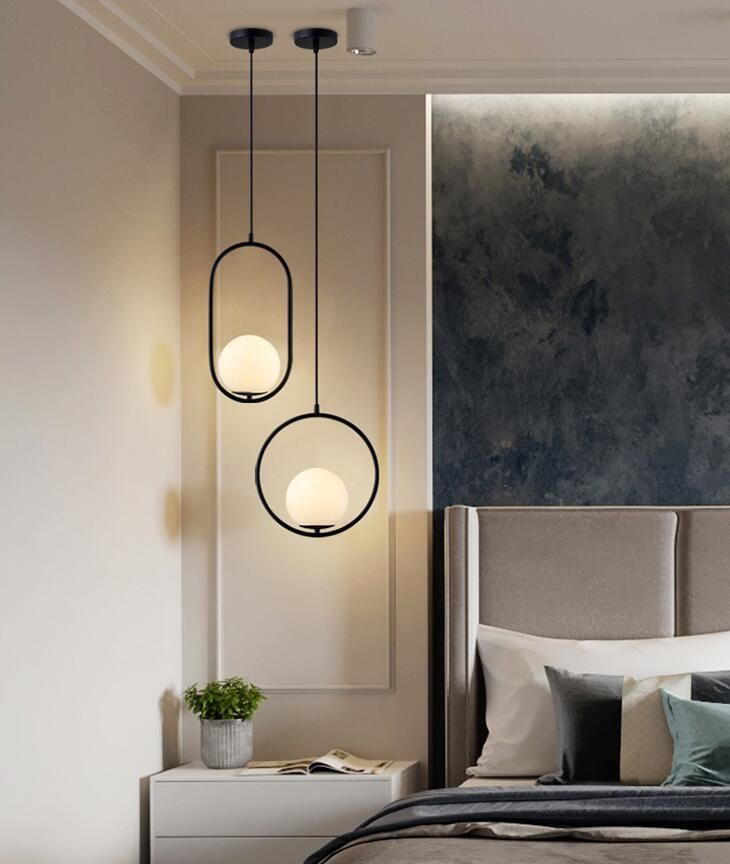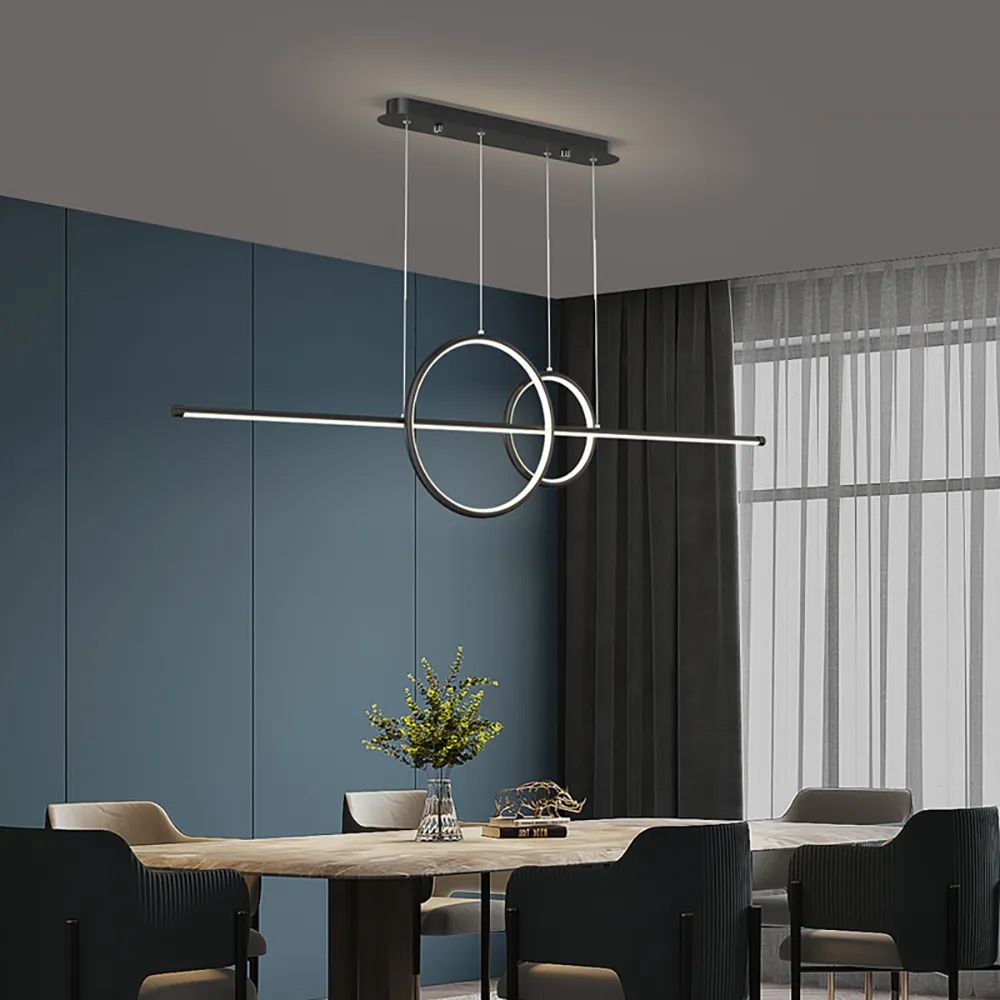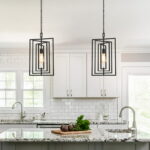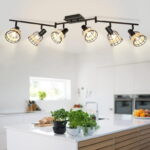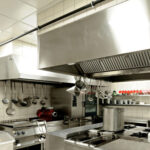The kitchen is often referred to as the heart of the home, a place where families gather to prepare and enjoy meals together. A well-lit kitchen is essential for creating a functional and inviting space for cooking, entertaining, and dining. When it comes to kitchen lighting, there are several factors to consider in order to create a well-lit and efficient space.
One of the most important aspects of kitchen lighting is task lighting. Task lighting is designed to provide focused light in specific areas where tasks are performed, such as food preparation, cooking, and cleaning. Under cabinet lighting is a popular choice for task lighting in kitchens, as it provides direct light onto countertops for food preparation. Pendant lights over kitchen islands or dining tables can also provide task lighting while adding a decorative element to the space.
Another important aspect of kitchen lighting is ambient lighting. Ambient lighting is the overall lighting that fills the room and sets the mood. This can be achieved through overhead fixtures such as chandeliers or recessed lighting. Ambient lighting can also be provided through natural light sources, such as windows and skylights. It is important to strike a balance between natural and artificial ambient lighting to create a comfortable and inviting atmosphere in the kitchen.
In addition to task and ambient lighting, accent lighting can be used to highlight specific features in the kitchen, such as artwork, architectural details, or decorative elements. This type of lighting can add depth and dimension to the space, creating a more visually interesting environment.
When selecting kitchen lighting fixtures, it is important to consider the style and design of the space. Modern kitchens may benefit from sleek, minimalist fixtures, while traditional kitchens may be better suited to ornate chandeliers or pendant lights. It is also important to consider the color temperature of the lighting, as warm light can create a cozy atmosphere, while cool light can make the space feel crisp and clean.
Overall, a well-planned kitchen lighting design can enhance the functionality and aesthetics of the space. By incorporating task, ambient, and accent lighting, homeowners can create a well-lit and inviting kitchen that is both practical and beautiful. So, when designing your kitchen, be sure to consider the importance of lighting and how it can transform your space.
 Decorationg Interior Design
Decorationg Interior Design
